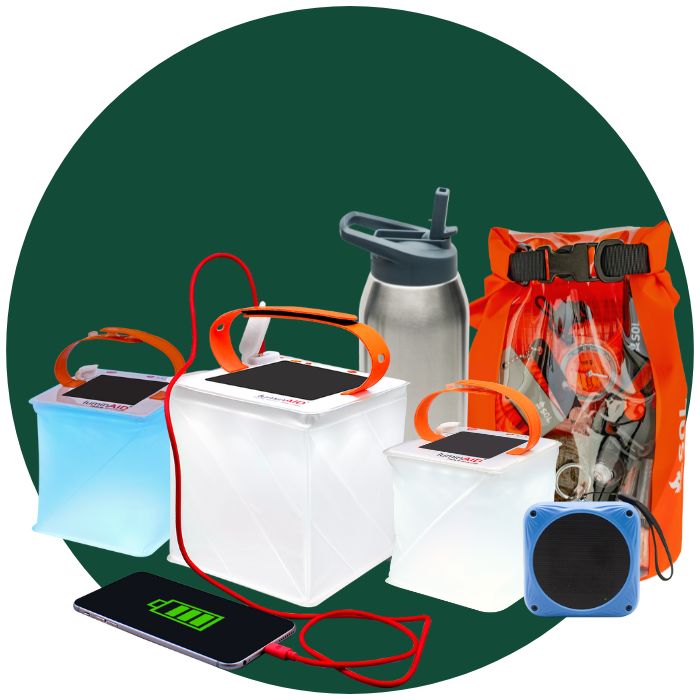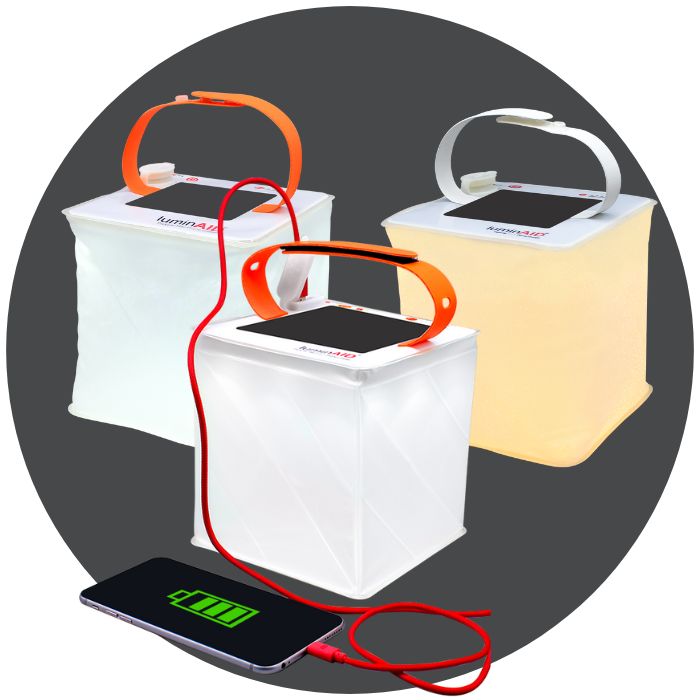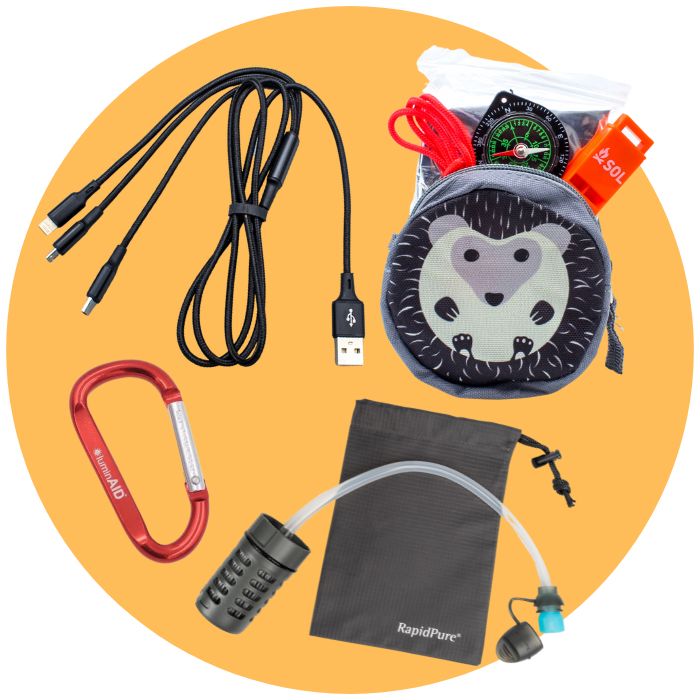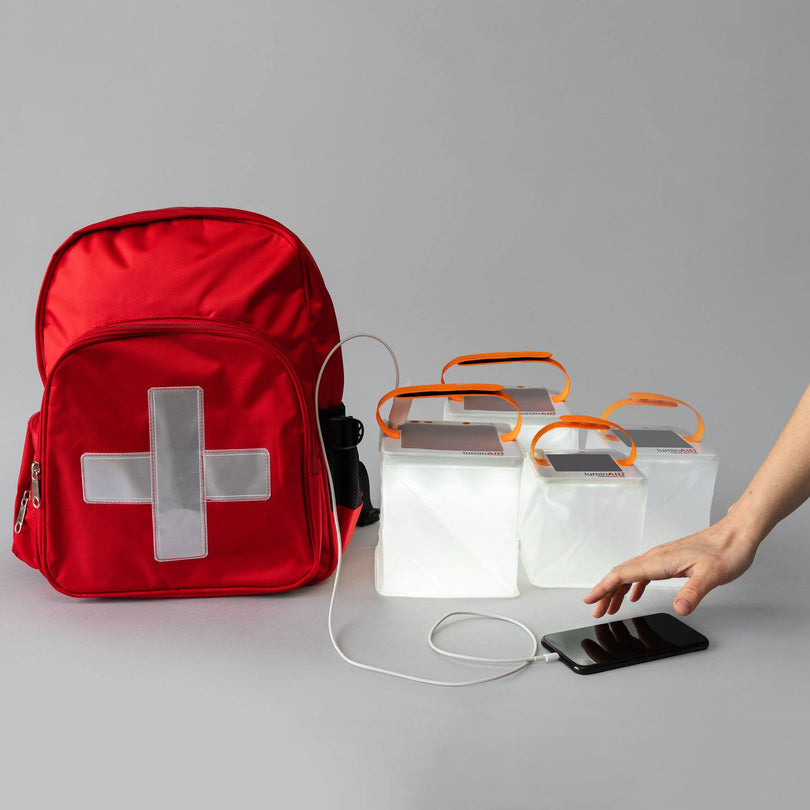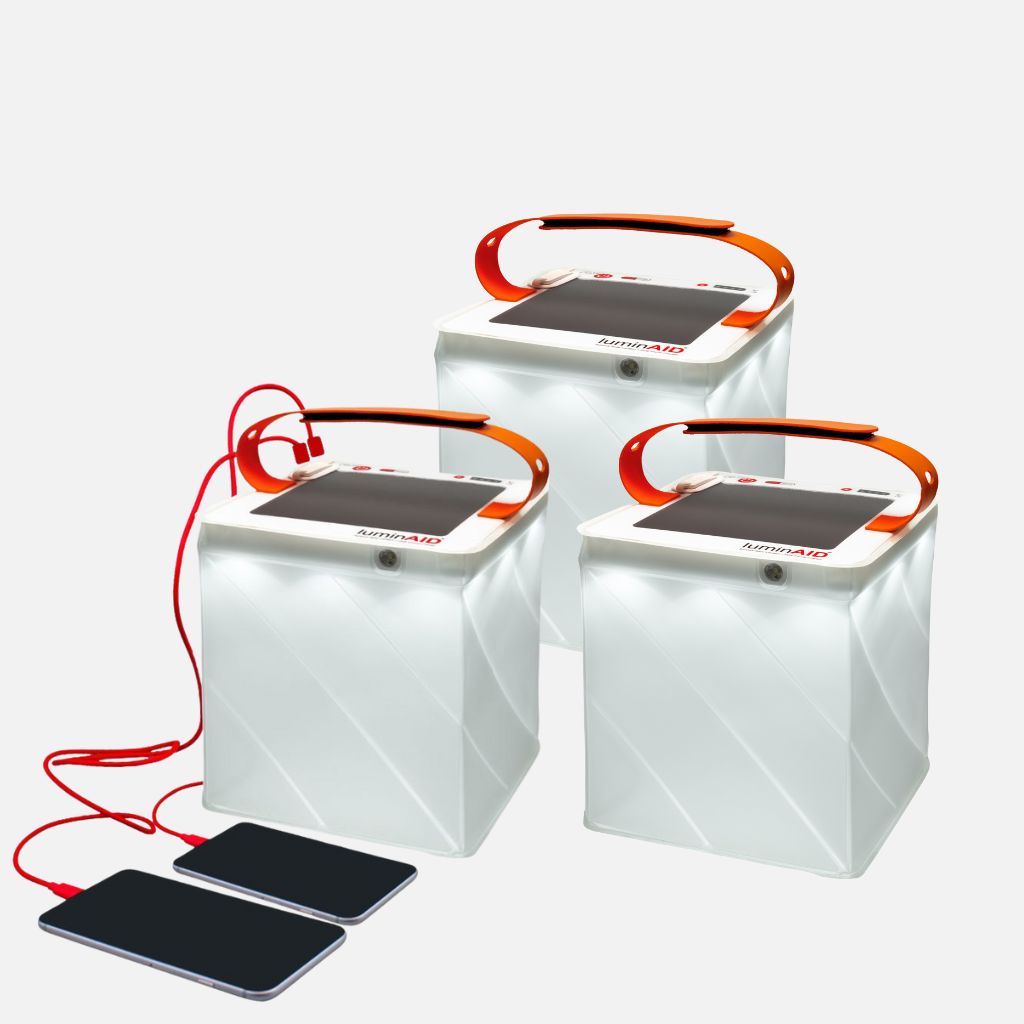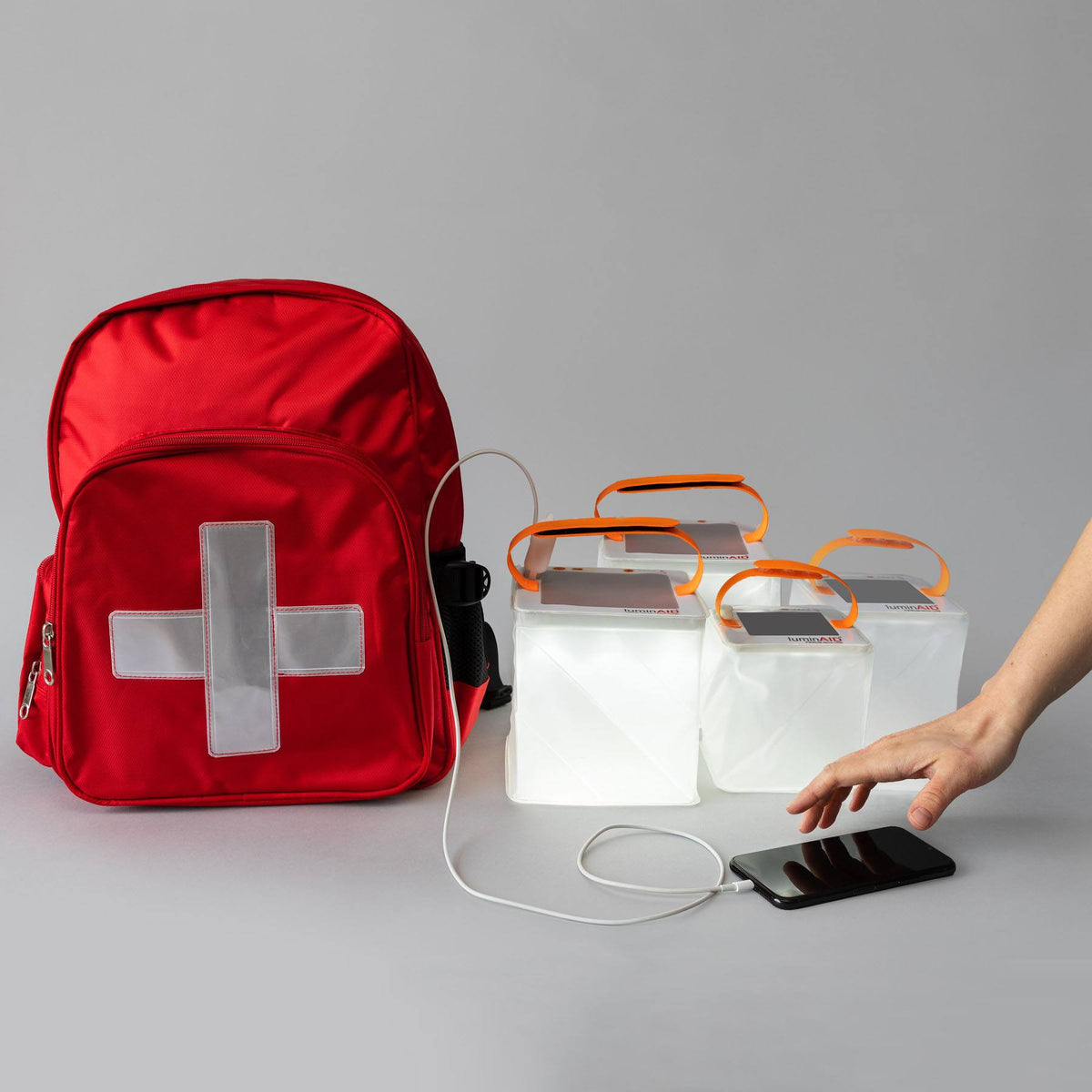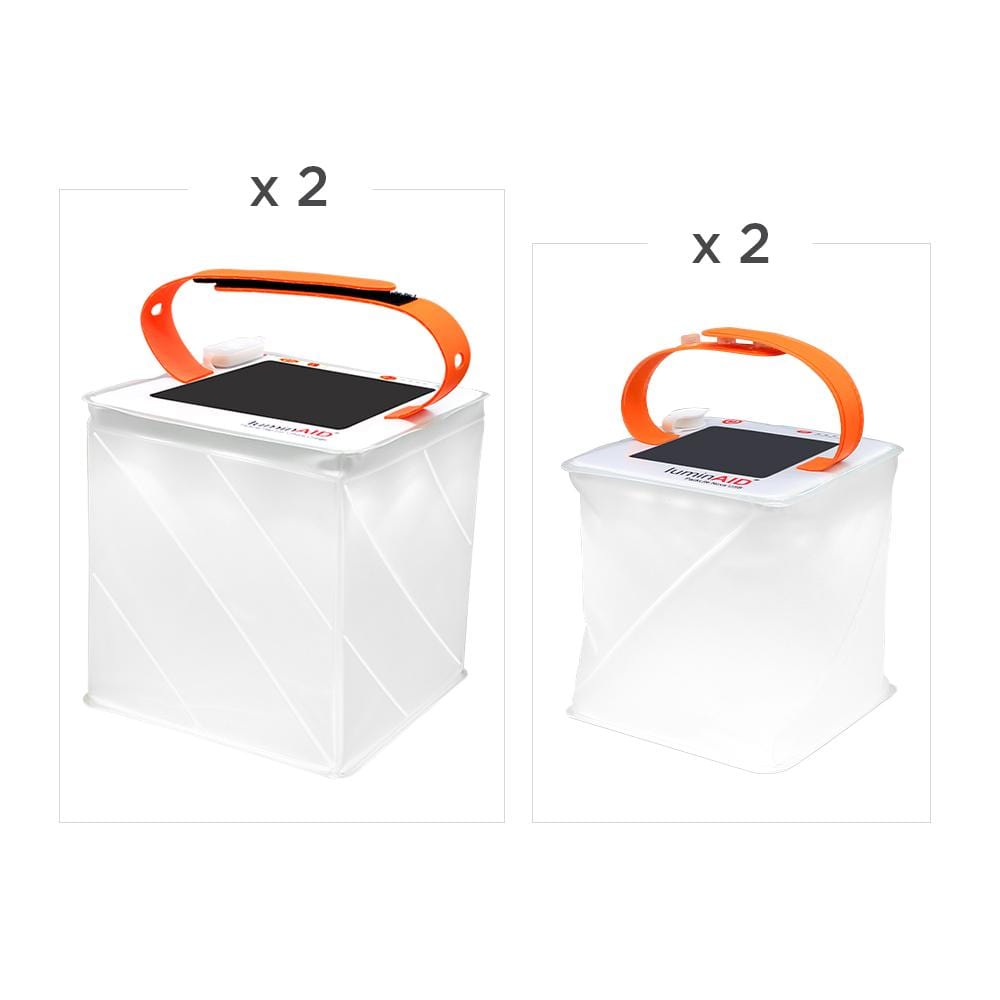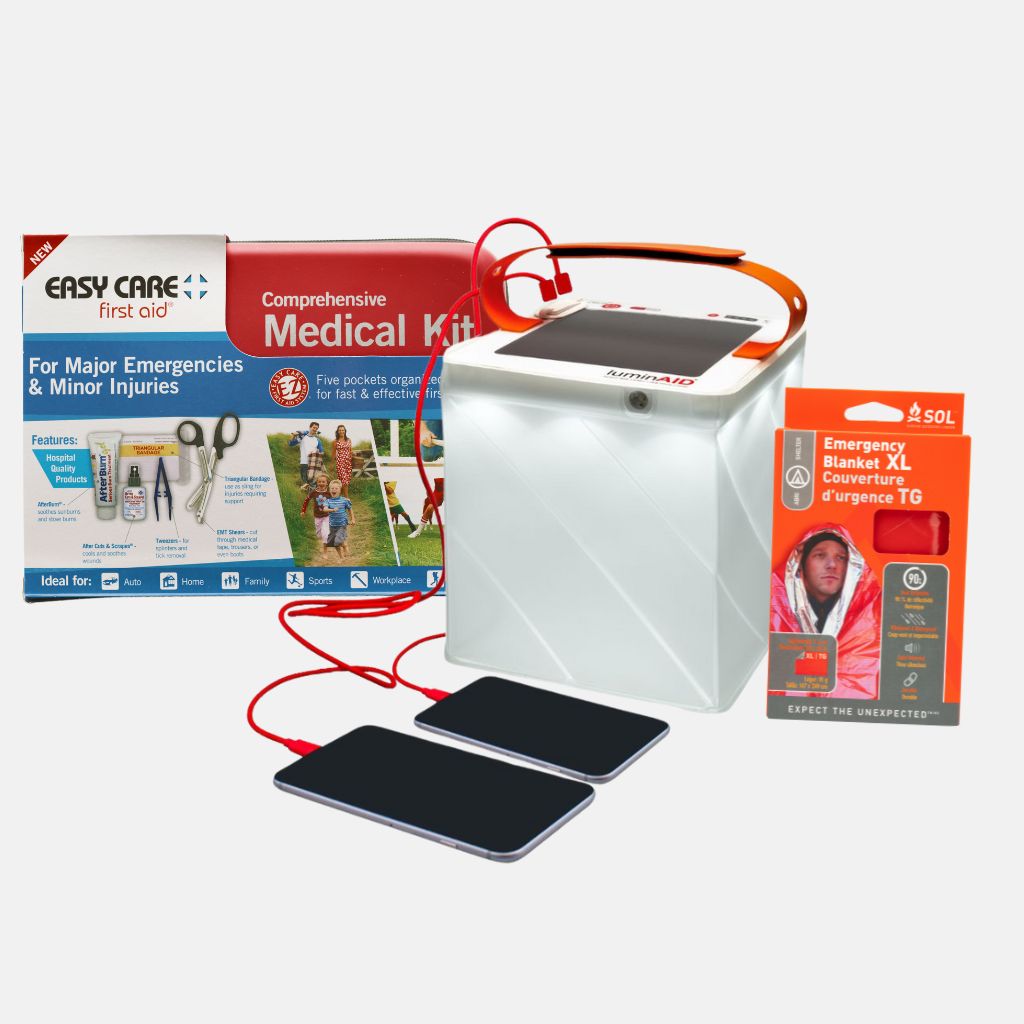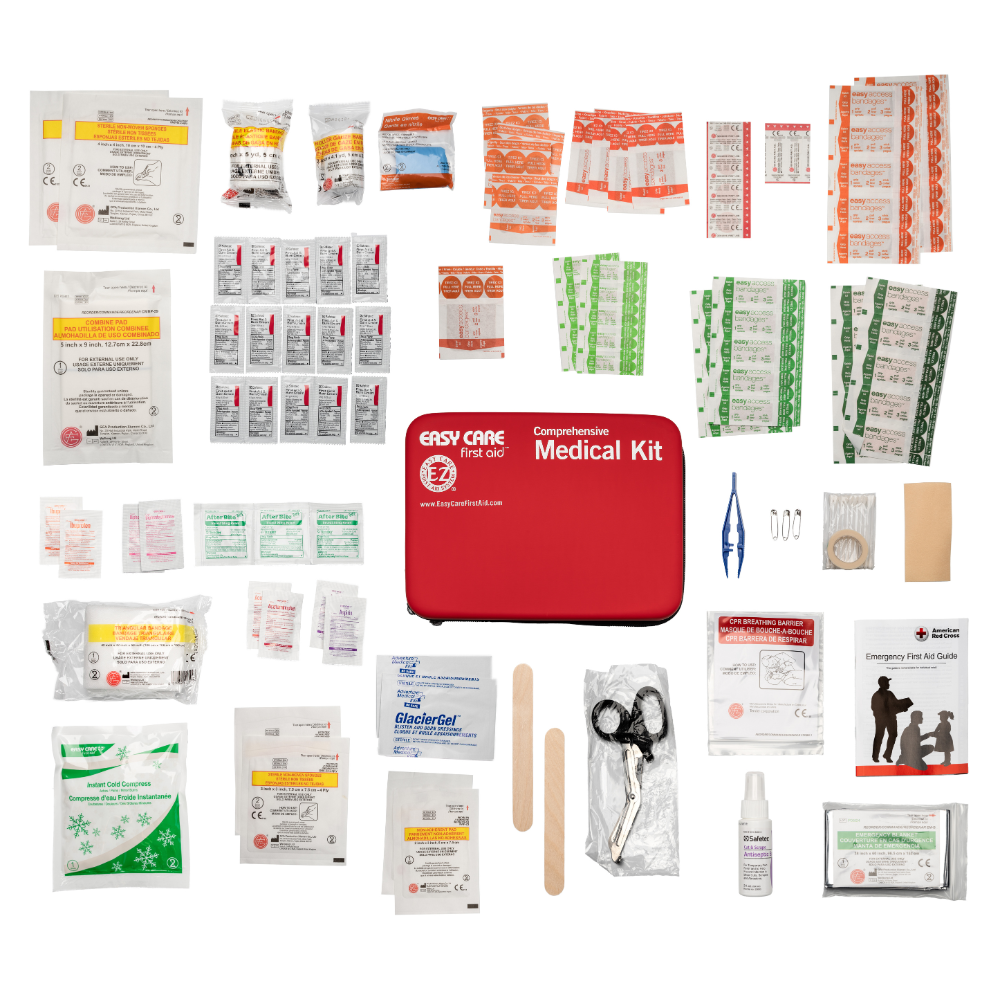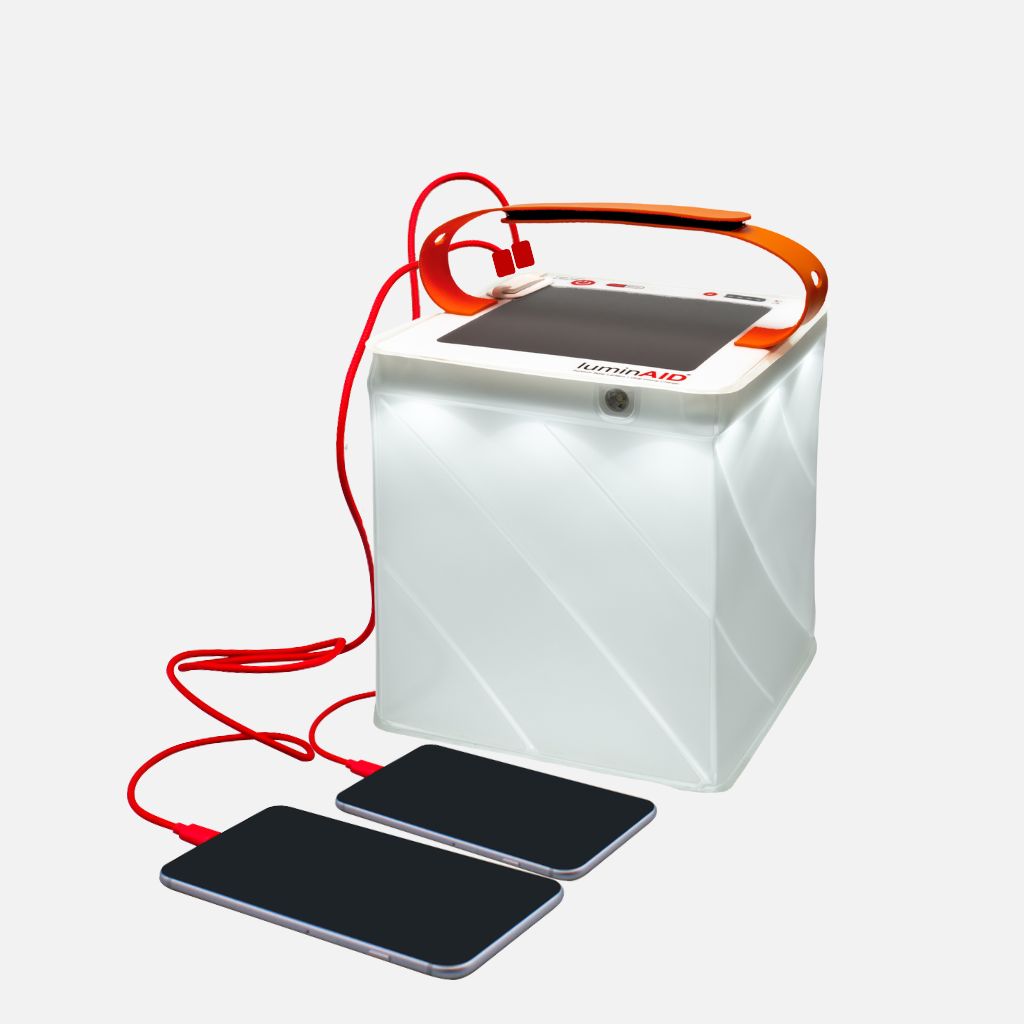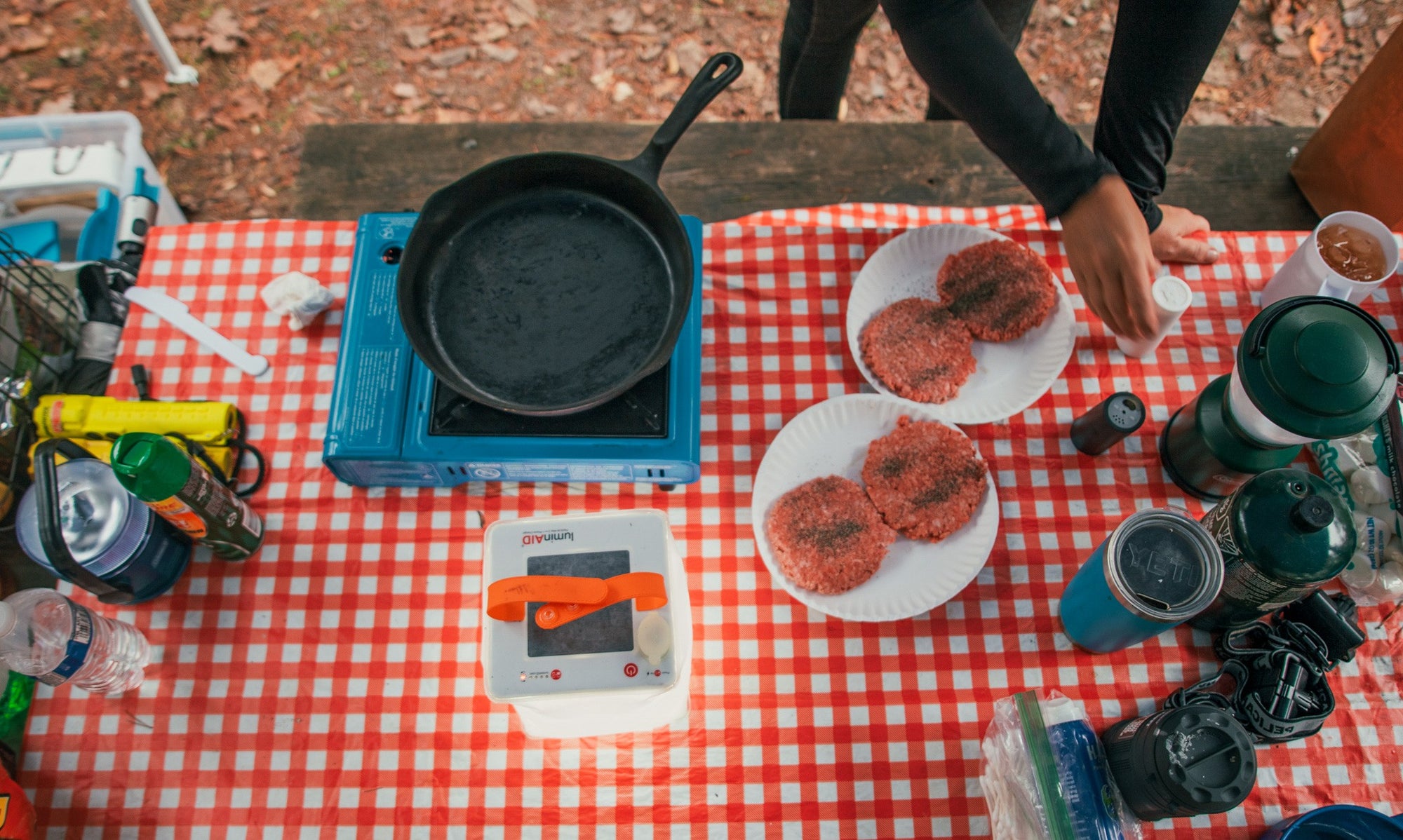Imagine this: the sky darkens, the wind picks up, and suddenly, you're plunged into darkness. Power outages, an all-too-common occurrence, can strike without warning due to severe weather, natural disasters, or even technical glitches. In the midst of this uncertainty, a pressing question arises: how will you keep your food safe? The clock starts ticking the moment the power goes out, and you're left wondering how long your perishables will last or when your power will return. Will your milk spoil? How long before the meat becomes unsafe to eat? This article aims to calm your worries and equip you with essential information and practical tips to manage your fridge food efficiently during a power outage. We'll delve into the intricacies of food safety, explore the lifespan of various food items, and provide you with strategies to keep your food fresh for as long as possible.
Food to Buy for Power Outage
When preparing for a potential power outage, it's crucial to stock up on foods with a long shelf life. Here's a more detailed list:
Non-perishable food items: These are foods that don't spoil over time. They include canned goods such as beans, vegetables, fruits, and meats; dried foods like pasta, rice, lentils, and oats; and other items like peanut butter, powdered milk, and granola bars.
Shelf-stable beverages: These are drinks that can be stored at room temperature. They include bottled water, juice, sports drinks, and shelf-stable milk. It's essential to have enough water for each person in your household for at least three days. The American Red Cross recommends one gallon of water per person per day.
Foods requiring minimal preparation: These are foods that can be eaten as is or prepared with little effort. They include instant noodles, canned soup, canned tuna, and ready-to-eat meals. Don't forget a manual can opener!
Snacks and comfort foods: Morale is vital in an emergency, and these are foods that can quickly boost morale (and your energy) during a stressful situation. They include chips, cookies, chocolate, dried fruits, nuts, and granola bars.
Food Storage and Safety
Food storage and safety are paramount during a power outage. It's essential to understand how long food will last in the refrigerator without power, how to identify spoiled food, and how to keep the fridge cold without power.
How long will food last in the refrigerator without power?
The longevity of food in a powerless refrigerator depends on several factors, including the type of food, its initial temperature, and the temperature inside the fridge during the power outage.
As a rule of thumb, if the refrigerator door remains closed, food can stay safe for up to 4 hours. However, this can vary depending on the specific conditions. For example, a fully packed freezer can maintain its temperature for about 48 hours if the door remains closed, while a half-full freezer can only remain cold for about 24 hours.

How to Identify Spoiled Food
Identifying spoiled food is crucial to prevent foodborne illnesses. Here are some signs of food spoilage:
Smell: Spoiled food often has a strong, unpleasant odor. If the food smells off, it's best to throw it out.
Color: Spoiled food may change color. For example, meat may turn gray, fruits may become excessively brown, and vegetables may turn yellow or brown.
Texture: Spoiled food may become slimy or mushy. If the food feels slimy even after rinsing, it's a sign of spoilage.
Taste: Although it's not recommended to taste food to determine its safety, a sour or off-taste can indicate spoilage.
Mold: Visible mold growth on food is a clear sign of spoilage. Some molds can produce toxins, so it's best to discard the food.
It’s important to mention that this isn’t an exhaustive list, and you should continue to learn more about signs of food spoilage.
After a power outage, perishable food items such as meat, poultry, fish, eggs, and leftovers should be discarded if the power has been out for 4 hours or more or if the food has been above 40°F for longer than 2 hours.
Just remember, “When in doubt, throw it out!”
How to keep the fridge cold without power
There are several strategies to keep your fridge cold during a power outage. These include not opening the fridge unless necessary, using ice packs or frozen water bottles to help keep the cold temperature, and transferring food to a cooler if the power outage lasts more than 4 hours. Insulating the exterior of your fridge with blankets or foam can also help keep it cold.
If you have a portable power station or generator, these can be used as reliable backup power sources to power your refrigerator or freezer. However, follow proper safety precautions when using fuel-powered generators, and learn the steps to protect yourself from carbon monoxide poisoning.
Using Dry Ice During a Power Outage
If a power outage is expected to last for an extended period, dry ice can be a useful tool to keep your food cold. Dry ice sublimates at - 109°F (-78.5°C), making it extremely cold and perfect for keeping food frozen.
However, it's crucial to handle dry ice safely. Always use gloves when handling dry ice, and make sure the room is well-ventilated as it can produce large amounts of carbon dioxide gas. Last, never place dry ice directly onto glass shelves or in direct contact with food, as it can cause freezer burn.
How long can frozen food sit out?
The time that frozen food can sit out depends on various factors, like the type of food, its initial temperature, and the room temperature. Generally, if frozen food still contains ice crystals or is at 40°F or below, it's safe to refreeze. However, its quality may suffer. If the freezer temperature rises above 40°F, thawed food should either be composted or disposed of.
Preparing Your Fridge for a Power Outage
Before a power outage occurs, there are several steps you can take to prepare your fridge and its contents.
Firstly, consider purchasing an appliance thermometer for both your fridge and freezer. This will allow you to monitor the internal temperature and ensure your fridge remains below 40 degrees Fahrenheit.
Secondly, keep your freezer as full as possible. As we mentioned, a full freezer can maintain its temperature for 48 hours; that’s twice as long as if it was only filled halfway.
Lastly, consider storing water in your freezer. Not only can this provide an emergency water supply, but the ice can also help to keep the freezer cold if you don’t have enough food to store.

Preservation Techniques During Power Outages
When it comes to managing fridge food efficiently during a power outage, preservation is key, and if you’ve heard of homesteading, then you know where this is going. There are several preservation techniques that you can use to extend the life of your food and prevent spoilage, depending on the resources available to you. These include canning, pickling, drying, and freezing.
Canning
Canning is a method of preservation that involves processing food in closed glass jars to extend its shelf life. This method is excellent for preserving fruits, vegetables, and meats. During a power outage, canned foods can be a lifesaver as they can last for years when stored in a cool, dark place.
When canning food, be sure to follow the USDA’s complete guide to canning for vital home-canning safety information. While generally safe, home canning can pose health risks if proper care is not taken.
Pickling
Pickling involves preserving food in a solution of salt, vinegar, or brine. This method is commonly used for preserving fruits, vegetables, and sometimes even meat. Pickled foods can add variety to your meals during a power outage.
Drying
Drying is one of the oldest methods of food preservation. It involves removing the water from food to prevent the growth of microorganisms. Dried foods like fruits, vegetables, and meats can be rehydrated with water and used in cooking.
Freezing
While freezing may not be an option during a power outage, it's worth mentioning as a common method of preservation. If you have a generator or a solar-powered freezer, you can continue to freeze your foods to extend their shelf life.
Final words
Being prepared for power outages involves more than just having a reliable light source. It means planning and preparation, which are vital in managing fridge food efficiently during a power outage. By understanding food safety guidelines and implementing practical strategies, you can prevent food waste and protect your family from foodborne illnesses. The bottom line, keeping the refrigerator door closed as much as possible, preparing an emergency pantry, and having a cooler on hand can make a significant difference during a power outage.

